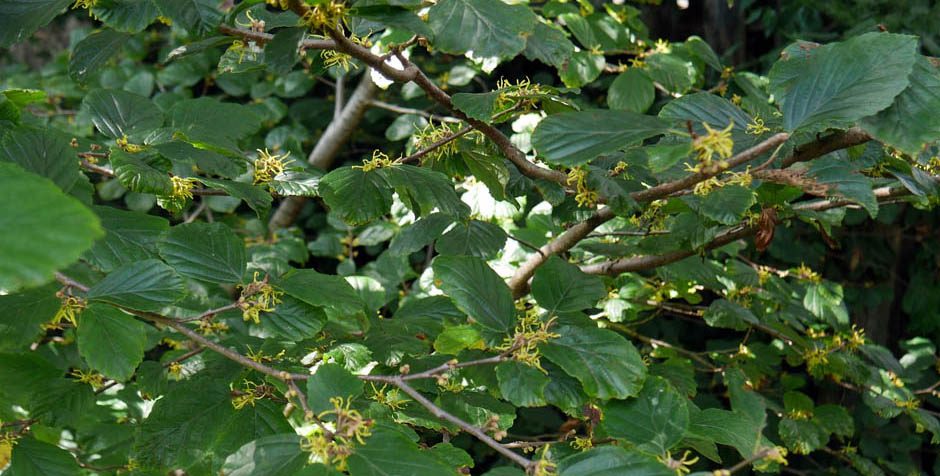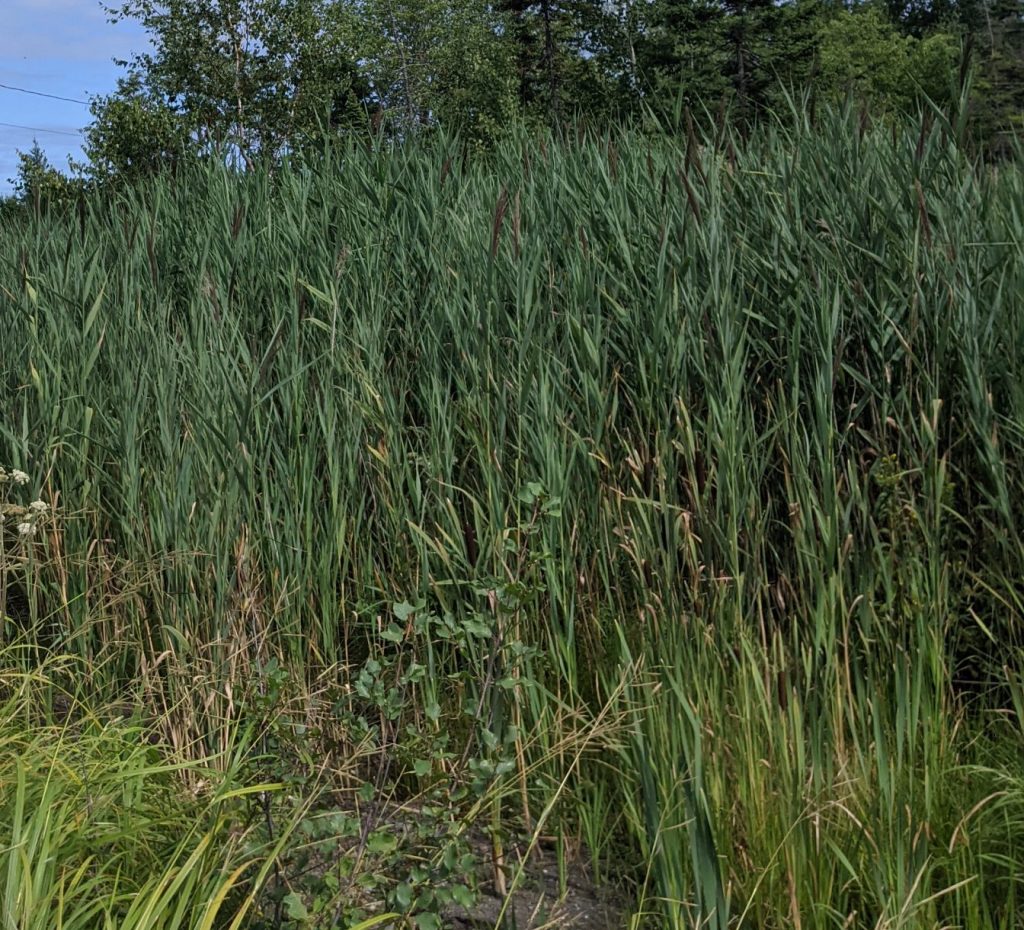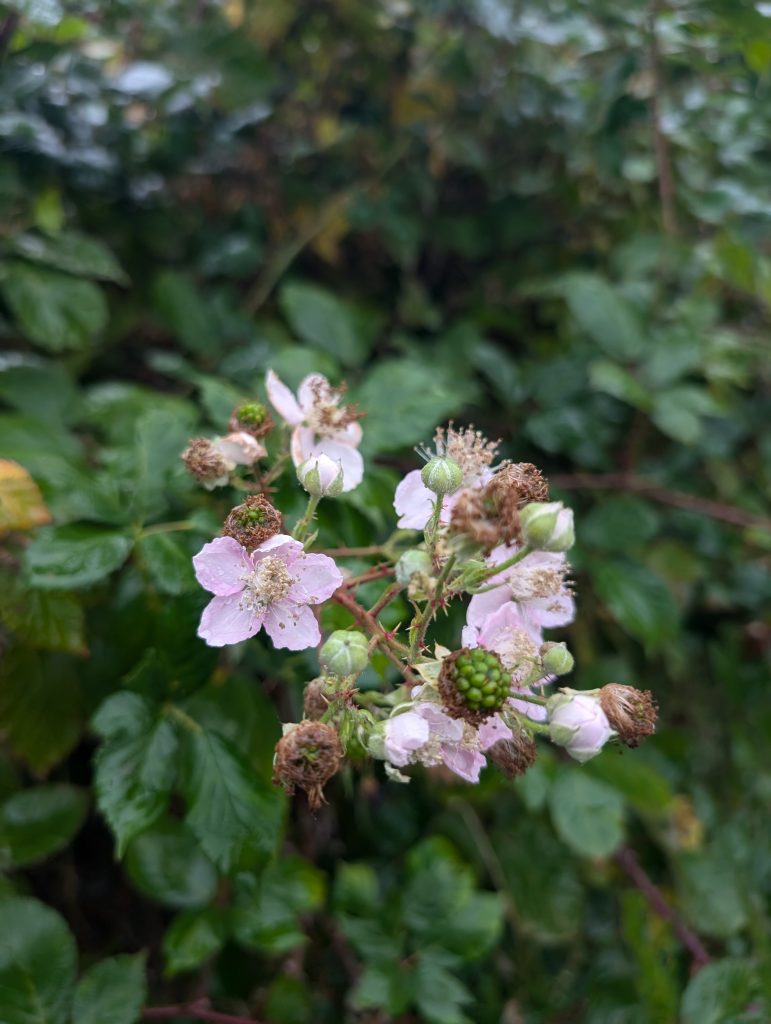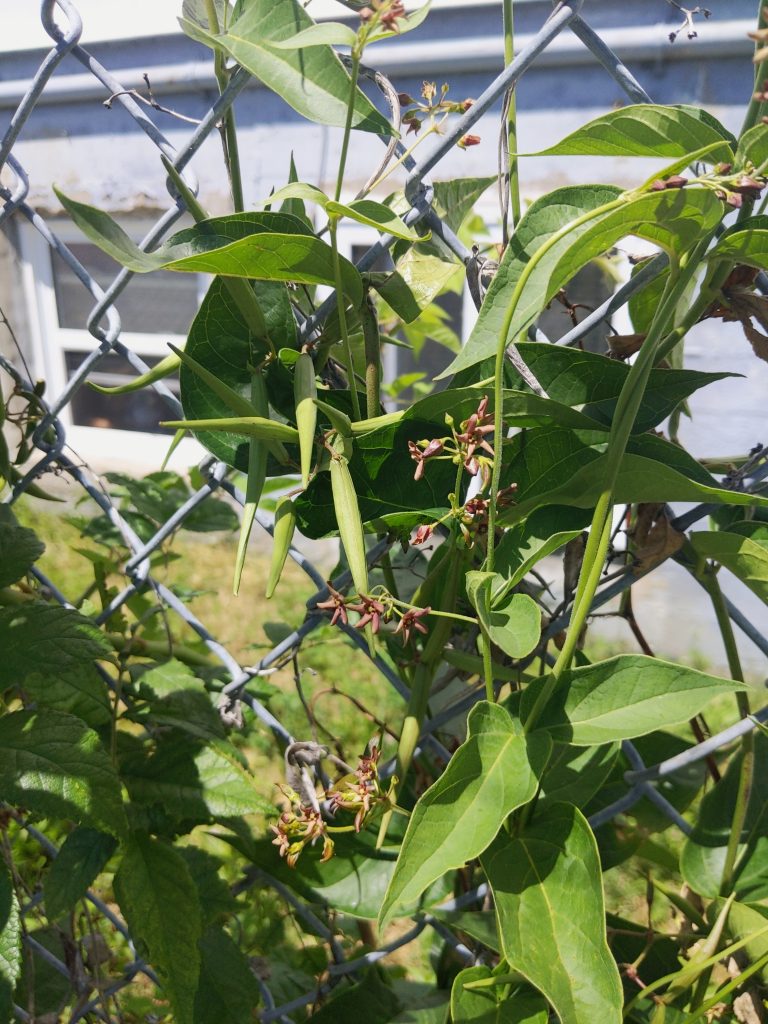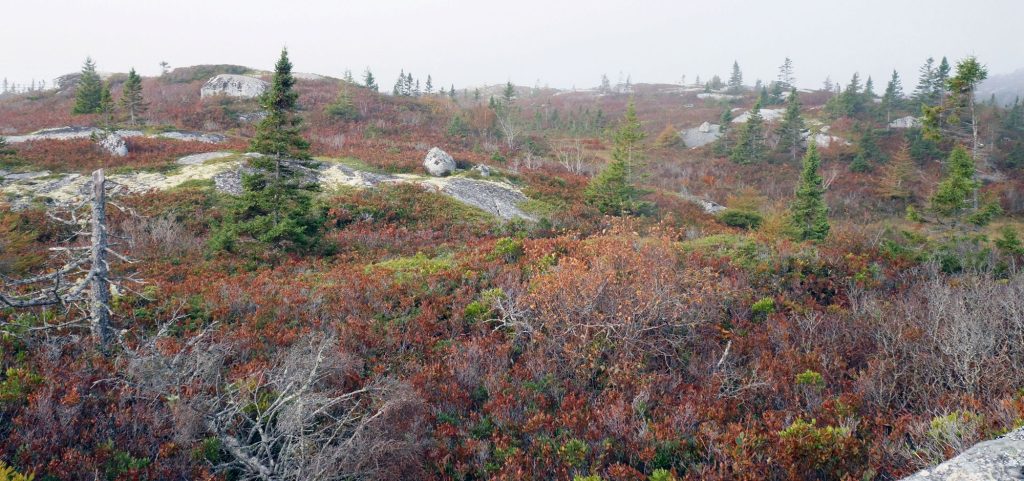Fall 2024/Winter & Spring 2025
Outdoor Member’s Meeting Monday May 26, 6:00pm – Kidston Lake

The next member’s meeting will include a hike at Kidston lake, near Spryfield. Please meet at 6:00pm so we get the maximum amount of daylight. The difficulty level should be easy.
From Herring Cove Road – take the Old Sambro road to the intersection; go straight onto Rockingstone road; go past Leiblin Drive on the right to an intersection; go straight still on Rockingstone (waterway on the right and large school on the left), continue to end. Rockingstone has a small parking area. Turn right onto Feldspar, go 4-5 carlengths and turn left onto Fieldstone. Follow Fieldstone to the end at a small parking area where you will see a gate. The Park is gated but the gates were still open on May 15 at 8:30 pm. If closed, park in the parking area. If open, go through the gate and follow road to end at a small parking lot near the lake. We will meet at the parking lot inside the Park.
If the gate is closed Park outside the gate and walk into the Park and meet at the end of the road (in the parking area).
Nova Scotia Wild Flora Society Annual General Meeting – Monday, Apr. 28 at the Museum


Bloodroot Sanguinaria canadensis and Trailing Arbutus or Mayflower Epigaea repens
Our 2025 AGM will take place at the Museum of Natural History at 1747 Summer Street on Monday Apr 28 at 7:30pm. It will also be simultaneously streamed on Zoom.
If you are a NSWFS member, you should receive an email zoom invitation with attached agenda, minutes from last year’s AGM and financial report. Please contact novascotiawildflora@gmail.com if you do not receive it.
Following the AGM, the Atlantic Canada Conservation Data Centre will make a presentation of their most recent activities documenting the flora of the Maritimes.
Member’s Zoom Meeting Monday March 24, 7:30pm: Jeremy Lundholm – Nova Scotia Barrens Vegetation: Classification, Dynamics and Comparisons with Other Regions.
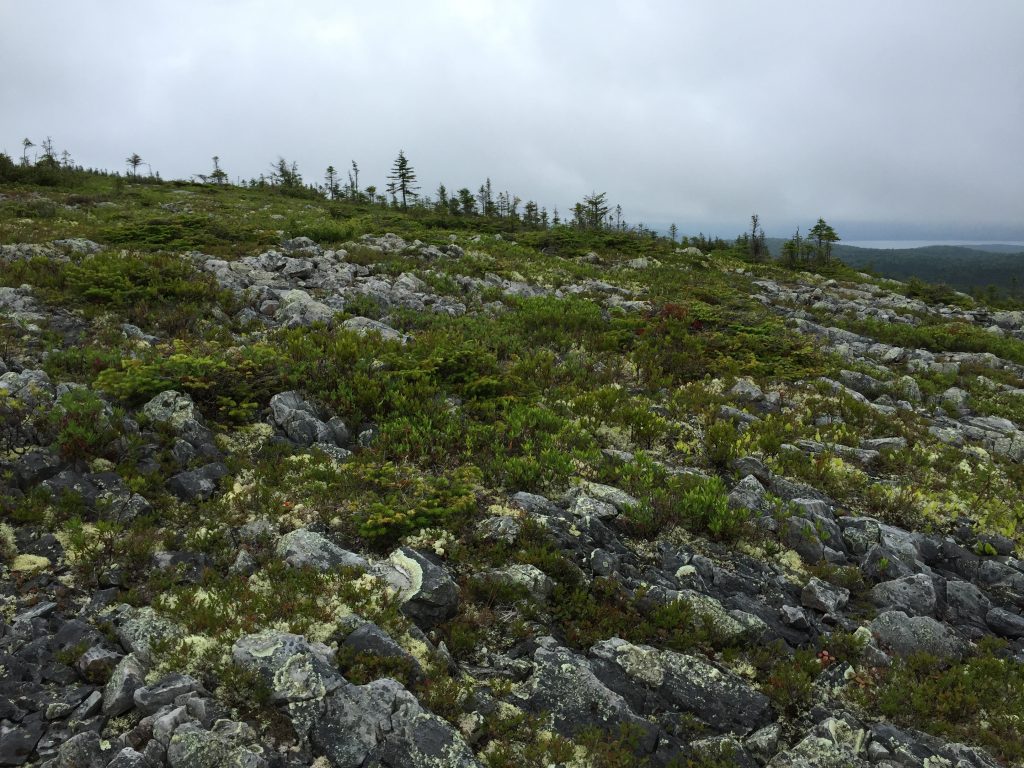
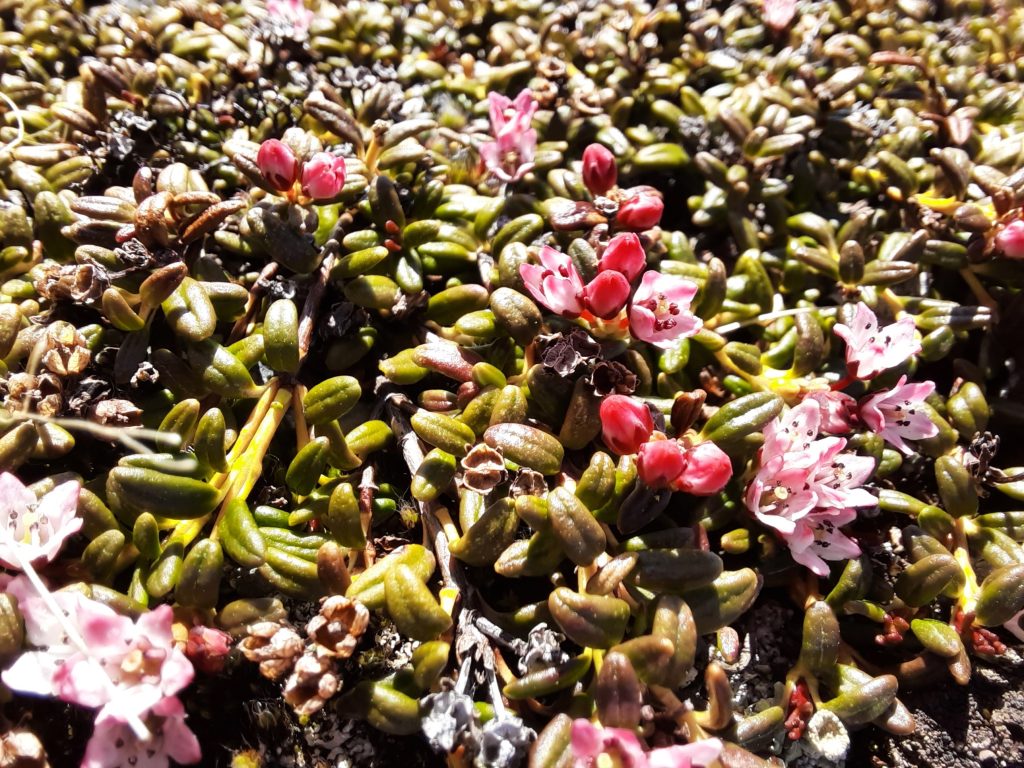
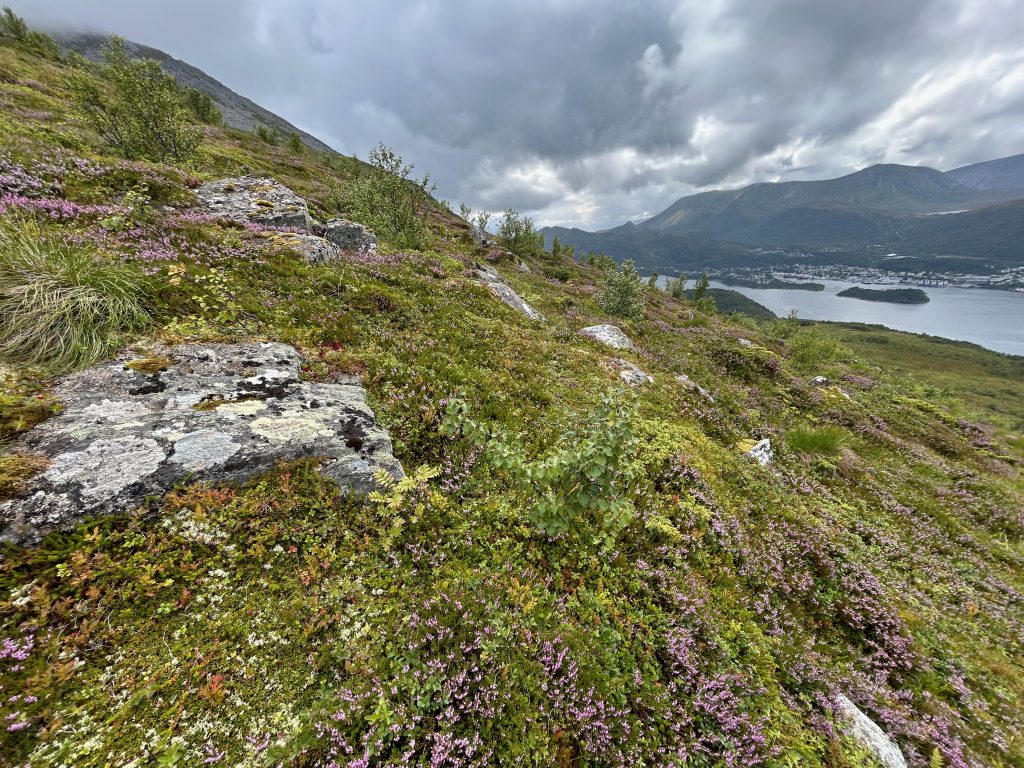
Pictures Jeremy Lundholm. Close up is of Kalmia procumbens
Jeremy will go through the recent updates to the barrens classification that was published in 2020 and discuss some of the new types that are now recognized. Then he will talk about some of the new research on dynamics: the possible role of fire and other disturbances in the creation and maintenance of some types of barrens. Finally, he’ll discuss these issues in the context of recent trips to other regions with barrens (Newfoundland & S. Labrador; Finland and Norway).
Jeremy Lundholm is a plant ecologist with a PhD from the University of Guelph. His research focuses on tidal wetland restoration, biodiversity on barrens, and vegetation classification. He works for TransCoastal Adaptations at SMU and CB Wetlands and Environmental Specialists as a Senior Research Associate.
An email will soon be sent to NSWFS members with the Zoom link.
NSWFS Live & Zoom Meeting: Mon Feb 24, 7:30pm – Invasive Plants in Nova Scotia – Nova Scotia Invasive Species Council
European Reed -Phragmites australis australis; Armenian or Himilayan Blackberry -Rubus armeniacus;
Dog-Strangling Vine – Vincetoxicum rossicum; Damage from Emerald Ash Borer -Agrilus planipennis Photos from NSISC
Our next meeting will be at the Museum of Natural History, 1747 Summer St., Halifax at 7:30pm on Mondy February 24. Enter by the basement door by the parking lot. The meeting will also be streamed via Zoom and a link to Zoom will be sent out to members.
For centuries, invasive plant species have been introduced to Nova Scotia. These plants threaten native biodiversity and several species at risk. This talk will discuss what makes a species invasive, highlight some particularly problematic invasive species in Nova Scotia, and outline what we can all do to help stop their spread.
Hughstin Grimshaw-Surette is from Yarmouth, Nova Scotia and from an early age has had a strong interest in insects and plants. He holds a B.Sc. in Environmental Science and a M.Sc. in Applied Science from Saint Mary’s University. As the Terrestrial Project Coordinator for the Nova Scotia Invasive Species Council, he is involved with invasive plant and insect surveys, invasive plant management, and outreach activities.
Nova Scotia Wild Flora Society Members’ Photo Night Monday Jan 27, 2025
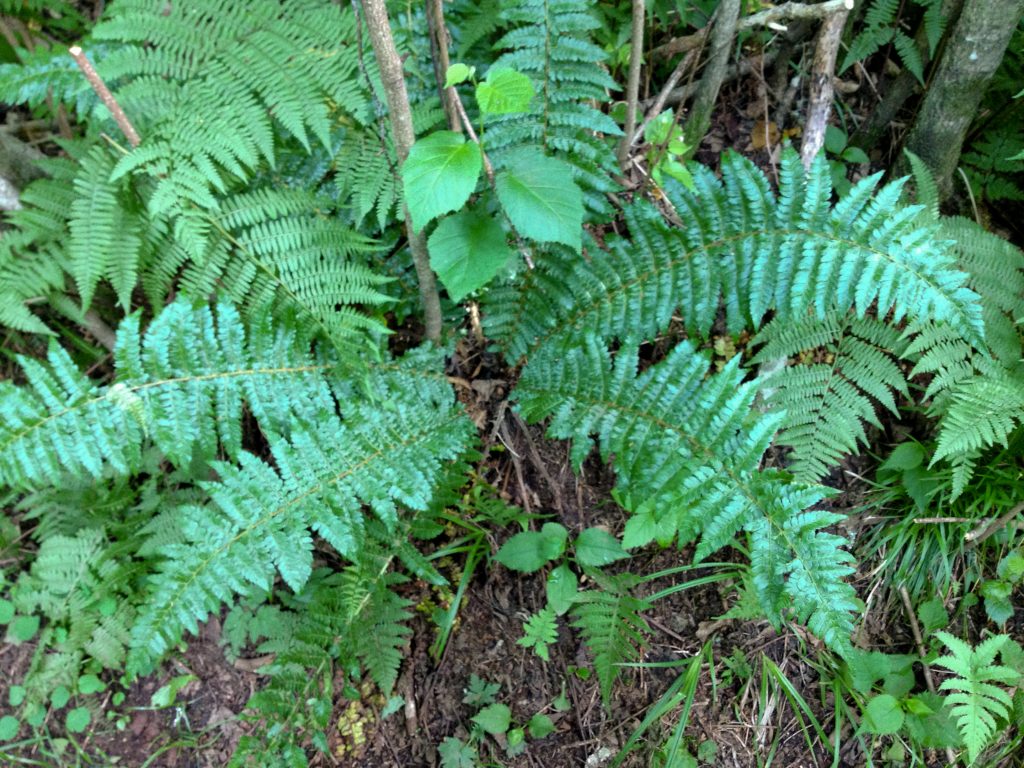
Braun’s Holly Fern – Polystichum braunii
Our next member’s meeting will be on January 27. As has been our tradition for many years, you are invited to share up to 20 of your favourite wild flora photos. Do you have a photo of a Mystery Plant to include? You only need to have Zoom capability and current membership.
If you would like to participate , please read the attached document Slide Presentation Specs and contact novascotiawildflora@gmail.com
All members will received an email invitation to the Zoom meeting later this week.
Time to renew for 2025! Membership is still $15 individual, $20 family membership. You can pay by e-transfer or cheque to novascotiawildflora@gmail.com
NSWFS Field trip :: Sunday Nov 10 : Rain Date Sat Nov.9. West Dover
Meet Parking Lot opposite the Ball field at West Dover 2:00 PM . Will follow a trail to a scattered rocky barrens with ack Pine and other conifers. Glacial erratics rocky outcrops with Bearberry trailing over the rocks.
Please register so we can contact you for any changes.
Leader : charles cron. contact me at > ccron72@hotmail .com < or call 902 477 8272 and leave message.
Weather forecast is good at present but may change.
————
